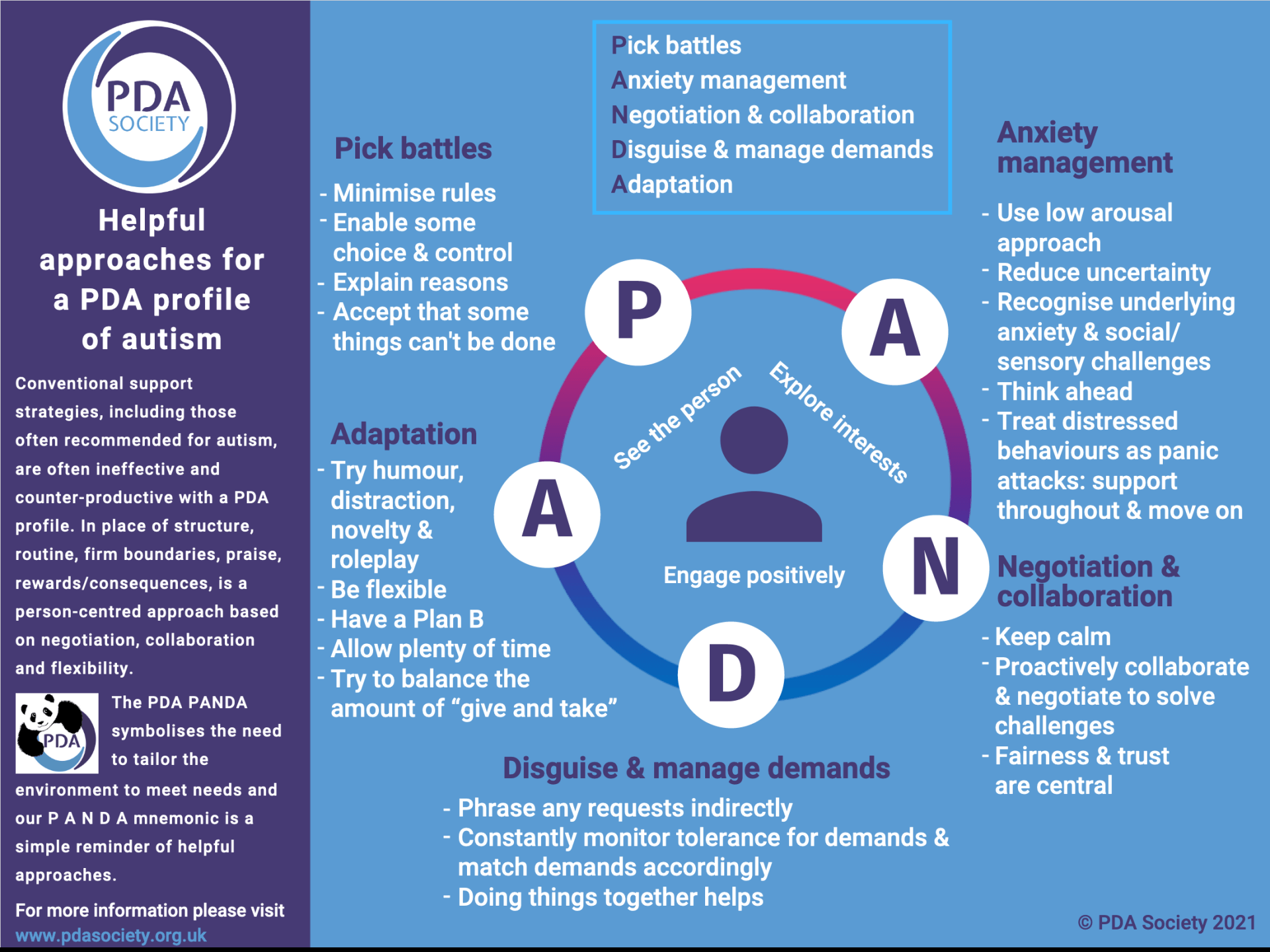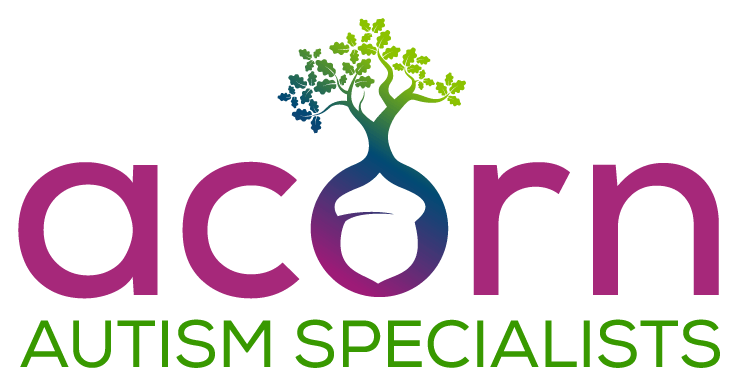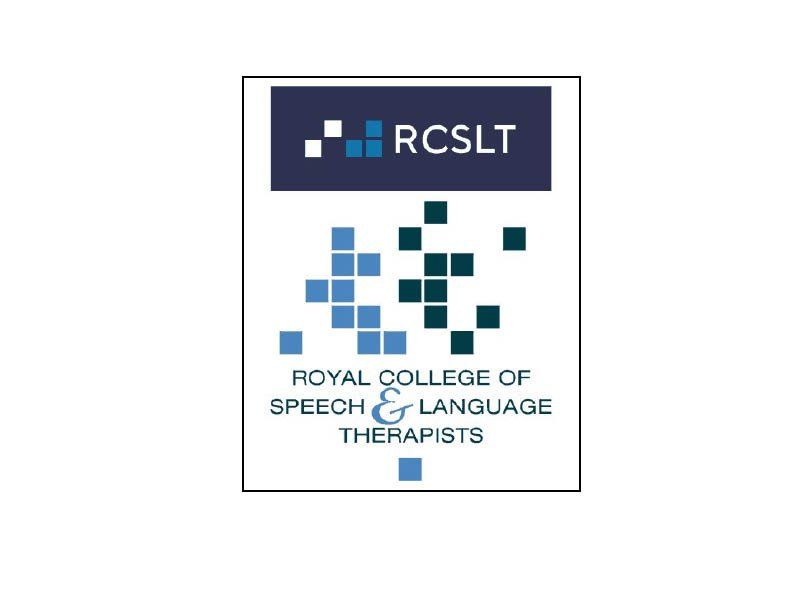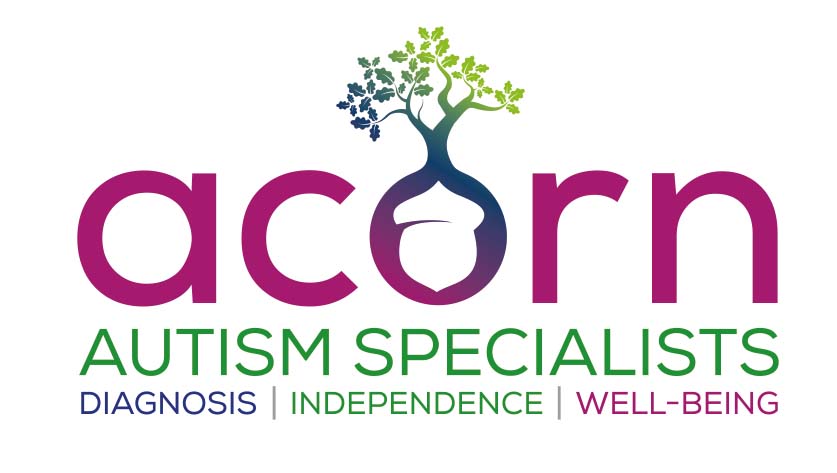Demand avoidance involves not being able to do certain things at certain times, either for yourself or others, and also refers to the things we do in order to avoid demands. It’s a natural human trait – avoiding demands is something we all do to different degrees and for different reasons.
The existence of Pathological Demand Avoidance (PDA) as a ‘diagnostic term’ and how it fits within the autism spectrum is widely debated. With limited evidence-based research there is no conclusive and agreed upon definition of PDA. What is generally agreed upon, however, is that demand avoidance is often accompanied with high levels of anxiety in the autistic individual. Autistic people may avoid any demands or situations that trigger anxiety or sensory overload, disrupt routines, involve transitioning from one activity to another, and activities/events that they don’t see the point of or have any interest in. An individual with a demand avoidant profile may even reject activities or situations they enjoy, in order to gain a sense of control back into their lives.
They may refuse, withdraw, ‘shutdown’ or escape in order to avoid these things.
Some helpful approaches include:
- Addressing sensory issues
- Helping individuals adjust to new situations (for instance by using visuals or social stories)
- Keeping to a predictable routine
- Giving plenty of notice about any changes
- Giving a choice
- Allowing time
- Suggesting, or cueing an individual
- Or simply accepting that avoiding some things is perfectly acceptable.













